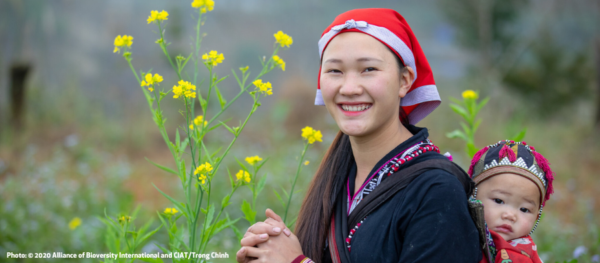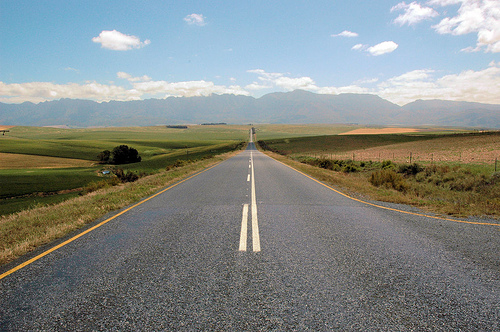Tag: infrastructure

Building Global Food Security Through Data Coordination
Global: Agricultural data has the potential to drive change in the sector.
Read MoreThe Role of Engineering in Ending World Hunger
Global: The role engineering plays in advancing the Sustainable Development Goals.
Read MoreFethi Thabet: How The World’s Engineers Can Make Hunger History
Global: How can engineers help the global community to meet the Sustainable Development Goals?
Read MoreFocus On: Building Infrastructure in Africa
: With thanks to input from Calestous Juma, Professor of the Practice of International Development, Harvard Kennedy School and author of New Harvest: Agricultural innovation in Africa Poor infrastructure in Africa is often listed as one of the major challenges to agricultural growth and development for the continent. Less than 50% of the rural population lives close […]
Read More



